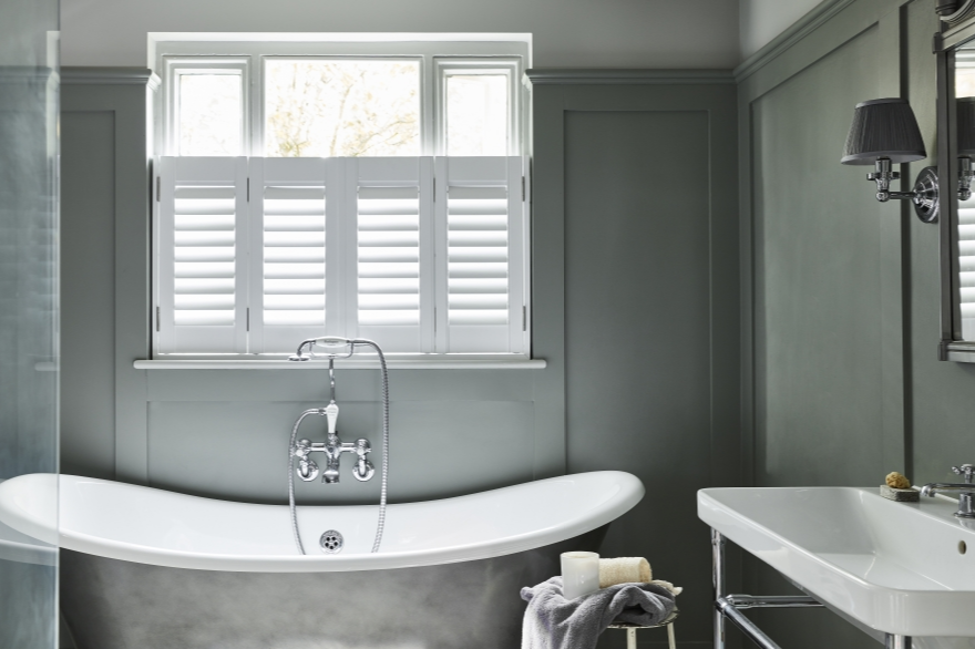What Are The Best Old Home Renovation Techniques?

January 24, 2025
Before we even begin, let’s get one thing straight: a renovation and a refurbishment are two different things.
Are you renovating? Will you be spending your weekend searching for authentic original bricks to rebuild walls? Can you learn seventeenth century lace weaver techniques so you can accurately repair the worn-through curtains which would have been common for the time? Renovating refers to the repairing of that which is already there and making it work as it should. So if your Grade II homestead is being routinely flooded with rain because of the hole in the roof, you will be renovating. If you’re looking to add an extension and put in a new kitchen diner, you are planning a refurbishment.
Does it matter if I’m doing an old home renovation or refurbishment – or a bit of both?
Not so much nowadays. Once upon a time, if a wall fell down on a listed building, the owner could only use bricks from the correct time period and area to rebuild. Later, conservation thinking changed to allow the use of modern materials. This then became a part of the story of the building, as different materials and methods reflected the building’s history.
Where to start with an old home renovation
If you’re looking to sell, then be aware of what today’s homeowners and renters are looking for. Buyers will tear out kitchens and bathrooms and make them their own, so you’re better off getting them deep cleaned. The roof, on the other hand, is something you need to fix. Any damp will also need to be addressed. As long as the bones are sound, you’re in good shape. Anything else is just cosmetic.
If you’re looking to live in the old but neglected family homestead, especially while the work goes on around you, first, nail some stress release techniques. Then move bathrooms and kitchens to the top of the list.
You may want to consider having a home survey done. Having recently purchased a house, I was surprised by what the home buyer survey revealed – very little in the way of facts. They basically look at things closely, which is what I did when I saw the house. They coach things in a lot of ‘maybe’ sentences which I suspect can be copied and pasted from one report to the other. So go crazy and fork out for the developer’s report. It will tell you the horrible truth about the structure of the house, and if you’re spending money on an old home renovation, you need the truth, whether you can handle it or not.
Old home renovation combines with technology
Obviously you’ll be enjoying traditional design with modern conveniences with your old home renovation, like plumbing and up to date electrics. It’s also the perfect time to invest in eco-friendly devices.
When it comes to keeping heat in, your windows will be key. But what if you’ve been forbidden to install triple glazing in your Grade II listed ancestral homestead? All is not lost, thanks to cellular blinds. By trapping air in their honeycomb design, and combined with a reflective backing, cellular blinds will help keep heat in when it’s blisteringly cold, and reflect heat away on a hot summer’s day. With cellular blinds, you can keep your energy bill down without compromising your old home renovation.
Finishing touches to your old home renovation
Furnishings and accessories will be the finishing touches to your old home renovation which can bring the whole new old look together. It’s what accessories are for.
You’re aiming to stay in character, whether that’s PVC blinds for your 70s house or shutters for your Victorian villa. Shutters never go out of style. That explains why they’re as popular as ever. You can keep your old home renovation looking as it should, while benefiting from the more durable faux wood shutters available today. Our Java range is also waterproof and will enhance your dream bathroom, going perfectly with your dream bathtub.
Roman blinds and lush curtains will add luxury to your old home renovation. Once again, you can take advantage of a classic style of window dressing in modern fabrics.



